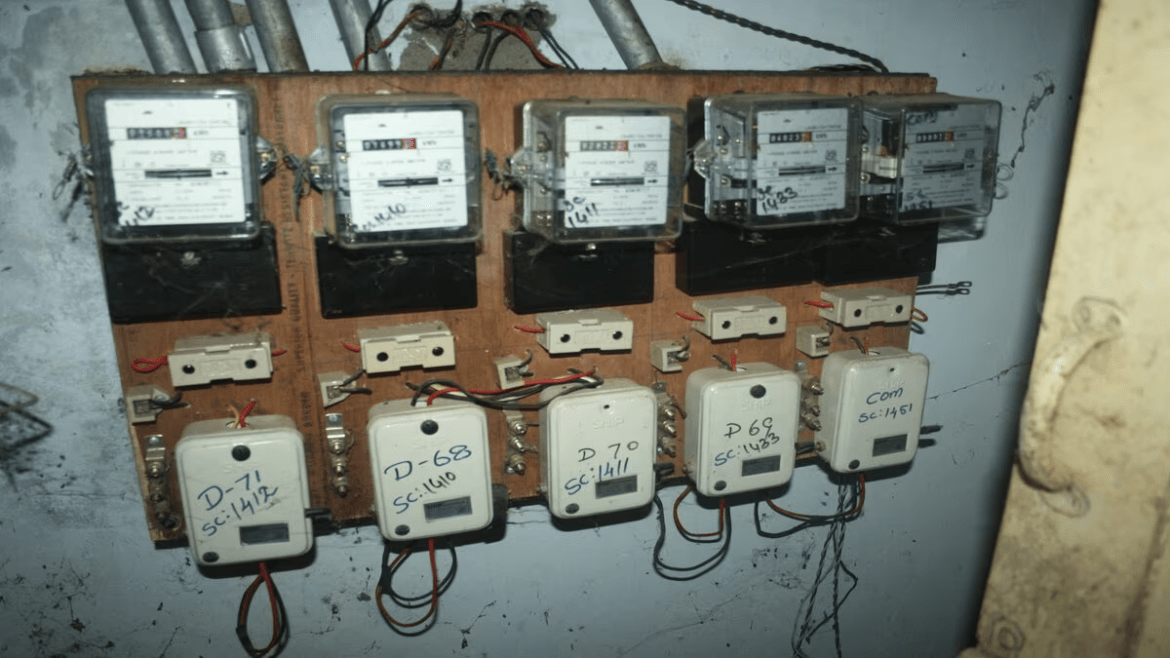AI Generated Summary
- Chief Minister Bhagwant Mann has attempted to ease concerns by stating that the revised tariff will not impact the common man, as the government will bear the increase in costs for providing free power to domestic consumers and farmers.
- While domestic consumers will continue to receive 300 units of free power each month, they will now be required to pay an additional fixed charge of Rs 15 per kilowatt and an average increase of 65 paisa per unit.
- In a surprising turn of events, just two days after securing a resounding victory in the Jalandhar Lok Sabha bypoll, the ruling Aam Aadmi Party (AAP) has announced an increase in electricity tariff for all consumer categories.
In a surprising turn of events, just two days after securing a resounding victory in the Jalandhar Lok Sabha bypoll, the ruling Aam Aadmi Party (AAP) has announced an increase in electricity tariff for all consumer categories. This decision comes as a shock to the public, especially since the AAP had gained popularity during the election campaign by promising 300 units of free power to domestic consumers.
Opposition parties, including the Congress and the Shiromani Akali Dal (SAD), wasted no time in criticizing the move, describing it as the AAP government’s “first gift” to the people after winning the bypoll.
As part of the tariff revision, the Golden Temple and Durgiana Temple will face a tariff hike of 30 paise per unit. Previously, the shrines were paying Rs 6.11 per unit after crossing the 2,000-unit mark, but now they will be charged Rs 6.41 per unit.
The Punjab State Electricity Regulatory Commission (PSERC) has announced an 8.64 percent increase in tariff for this year. Both fixed charges and per unit tariffs have been raised, resulting in an average power cost of Rs 7.04 per unit, up from Rs 6.48 per unit last year. It is worth noting that this is the first tariff increase in three years. Although the tariff order was supposed to come into effect from April 1, it will now take effect from May 16 due to the enforcement of the model code of conduct during the bypoll.
While domestic consumers will continue to receive 300 units of free power each month, they will now be required to pay an additional fixed charge of Rs 15 per kilowatt and an average increase of 65 paisa per unit.
Commercial consumers will face additional fixed charges of Rs 25-30 and an average unit rate hike of 47 paisa.
The state’s industry sector will also bear the brunt of the tariff increase, with additional fixed charges of Rs 25-30. The per unit tariff for different categories of industrial consumers has gone up by 90 paisa.
The tariff hike has been deemed necessary to meet the increased annual revenue requirements of the Punjab State Power Corporation Ltd. Factors contributing to this increase include the rising cost of coal, as imported coal is now blended with domestic coal, and an increase in the rate of short-term power purchases from the power exchange. Additionally, normal inflationary pressures have also played a role.
Even agricultural consumers, who enjoy free power, will see a per unit cost increase of 90 paisa. Although the power itself remains free, the tariff hike will impose a greater subsidy burden on the state government. However, the government has assured that it will absorb the tariff hike for domestic consumers eligible for free units.
Chief Minister Bhagwant Mann has attempted to ease concerns by stating that the revised tariff will not impact the common man, as the government will bear the increase in costs for providing free power to domestic consumers and farmers.
For the fiscal year 2023-24, the state had allocated Rs 20,243 crore for power subsidies. However, with the new tariff order, the subsidy bill is projected to rise to Rs 21,162 crore. Of this, agriculture consumers will receive a subsidy of Rs 8,809 crore, domestic consumers will receive Rs 7,310 crore, and industrial consumers will receive Rs 2,530 crore in subsidies.




